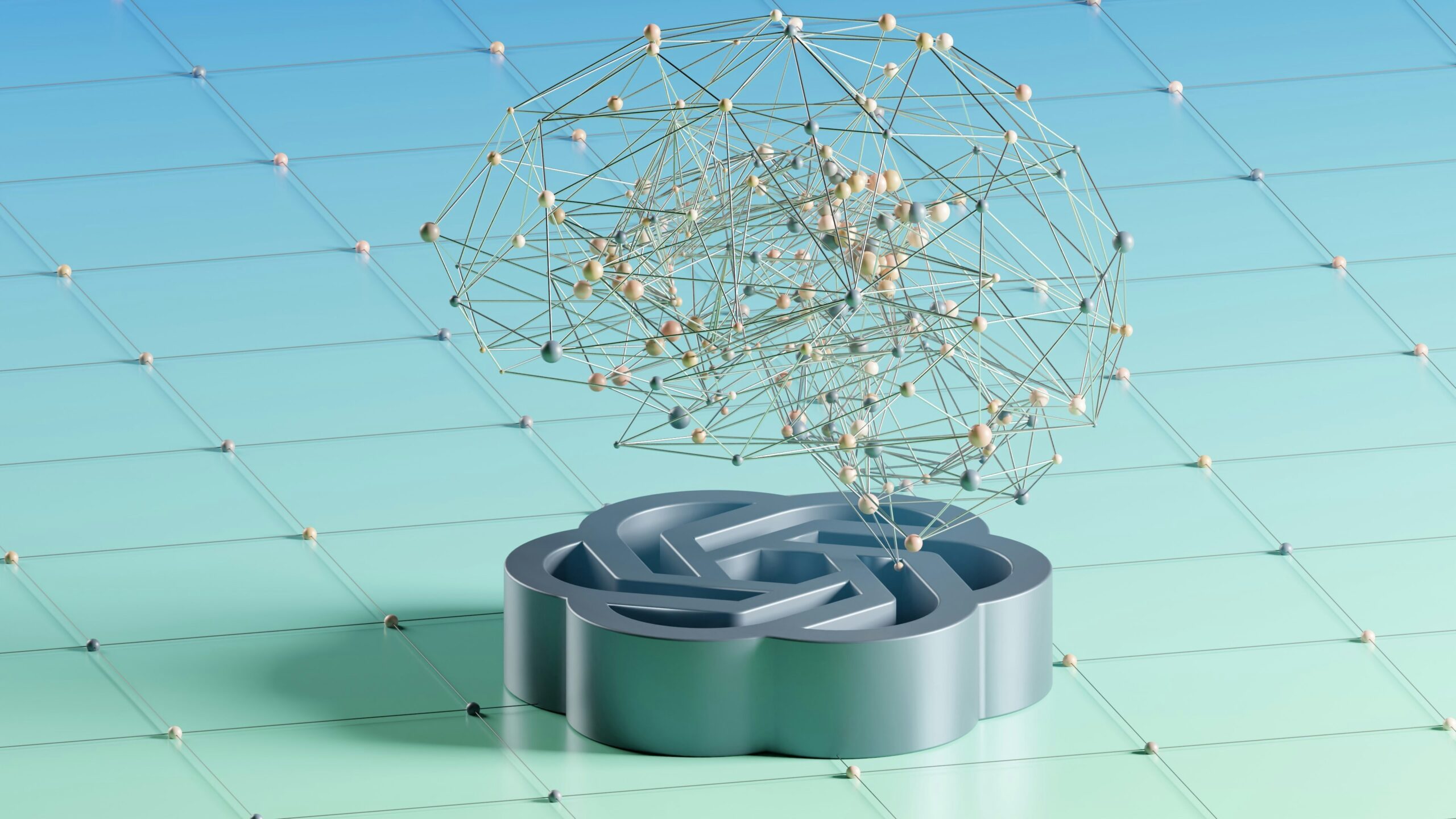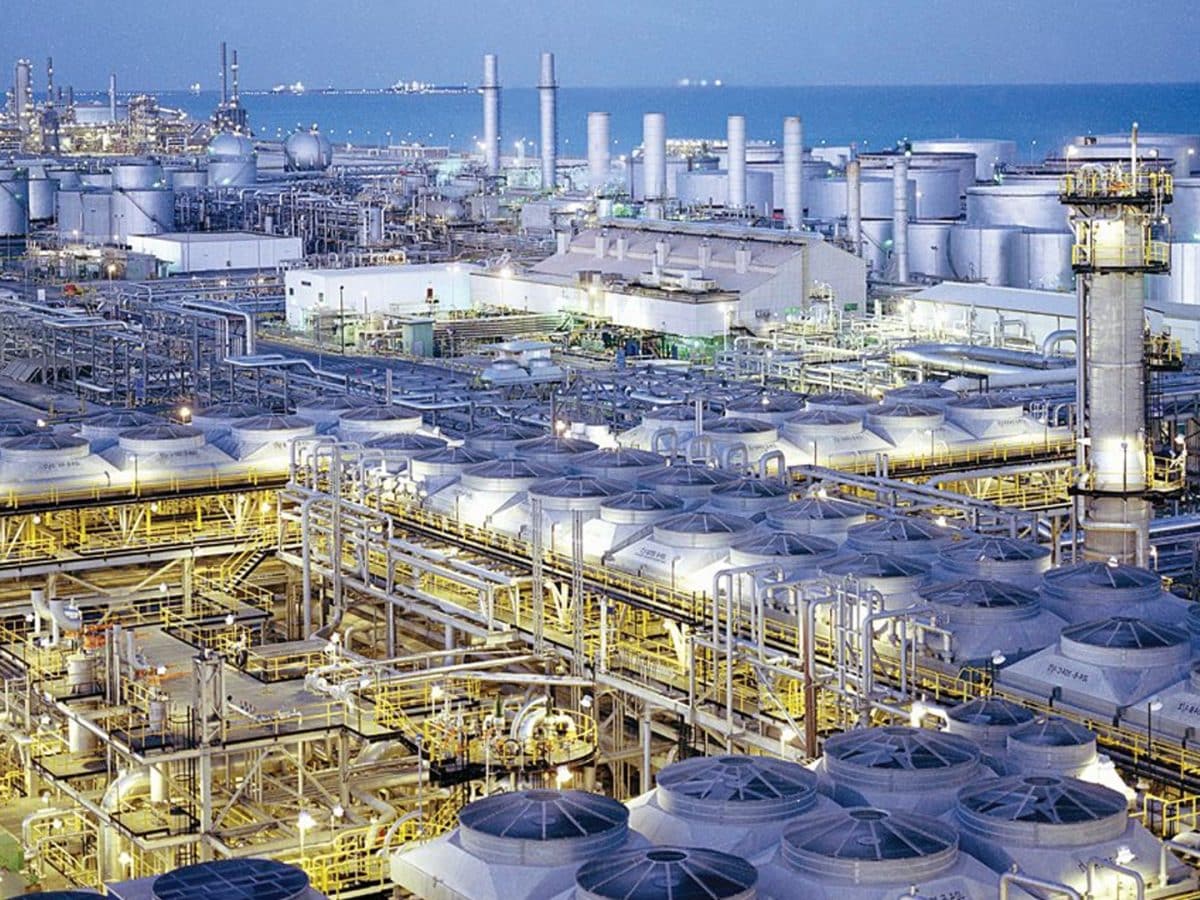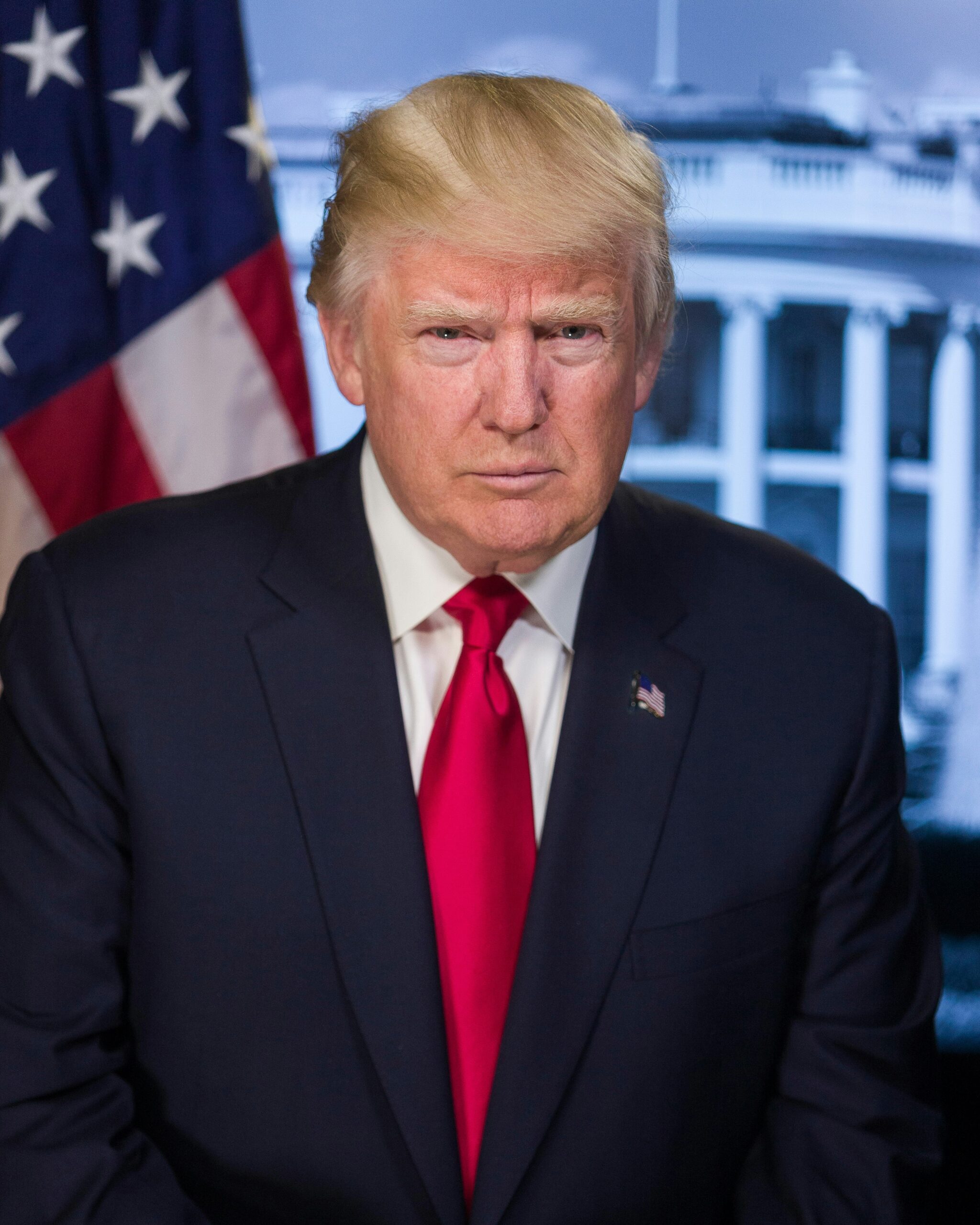SoftBank and OpenAI’s $500 Billion Stargate AI Project: In-Depth Analysis of Ambitions, Setbacks, and Future Prospects
In January 2025, an ambitious collaboration was announced at the White House between Japanese billionaire Masayoshi Son of SoftBank and Sam Altman, CEO of OpenAI. This joint venture, called Stargate, aims to invest $500 billion over several years to build the physical infrastructure required to power the next generation of artificial intelligence (AI) applications in the United States.
The venture was hailed as a critical step in establishing American dominance in the fast-growing and strategically important field of AI. However, despite the grand vision, six months into the project, Stargate has struggled to meet its initial milestones and is now recalibrating its near-term objectives.
This article provides a detailed exploration of the Stargate project, outlining its goals, current challenges, strategic importance, and the evolving AI infrastructure landscape.
What is the Stargate Project?
Stargate is a joint initiative between SoftBank and OpenAI designed to build a vast network of AI data centers across the U.S. The project’s key goals include:
- Constructing high-capacity AI data centers with a combined power usage of up to 10 gigawatts.
- Providing the compute power necessary to support advanced AI models like OpenAI’s flagship product, ChatGPT.
- Accelerating U.S. leadership in the global AI infrastructure race by creating state-of-the-art physical computing infrastructure.
Both SoftBank and OpenAI pledged to immediately invest $100 billion toward this $500 billion commitment to begin developing data centers and related infrastructure by the end of 2025.
Key Players and Partnership Structure
- SoftBank, led by Masayoshi Son, is known for its large-scale tech investments and previously invested $30 billion into OpenAI earlier in 2025—the largest-ever startup investment.
- OpenAI, under Sam Altman’s leadership, is focused on building cutting-edge AI models that demand unprecedented computational resources.
- The venture is also associated with partners like Oracle and UAE-based firm MGX, though their exact roles remain unclear due to the project’s early-stage nature.
SoftBank was intended to handle the financial and investment side of the project, while OpenAI was to oversee operations and deployment of AI models on the infrastructure.
Current Progress and Challenges
Slower-than-Expected Launch
Despite the initial excitement, Stargate has yet to finalize any major data center agreements. Six months after the announcement, the ambitious goal of building multiple gigawatts of AI infrastructure has been scaled back drastically.
- The new immediate target is to develop a small prototype data center in Ohio by the end of 2025, rather than large-scale facilities.
- This represents a significant reduction from the original plans which envisioned many more data centers spread across multiple states.
Disagreements and Operational Friction
Internal friction between SoftBank and OpenAI has been reported, including disputes over:
- Site selection for data centers, with OpenAI wanting more flexibility outside SoftBank’s existing energy projects.
- Financial and operational control, with disagreements on how to manage resources and investment timelines.
- Use of SoftBank-backed SB Energy sites, complicating infrastructure planning and delaying progress.
Financial and Market Challenges
- The project faces financial headwinds, with SoftBank taking on new debt and selling assets to fund the venture.
- Regulatory issues such as new tariffs on data center equipment imports have increased costs.
- Securing financing remains challenging due to the enormous capital requirements and economic uncertainties.
OpenAI’s Independent Infrastructure Moves
While Stargate experiences delays, OpenAI has actively pursued other infrastructure deals to ensure it can scale its operations:
- OpenAI signed a landmark $30 billion annual contract with Oracle to access 4.5 gigawatts of data center capacity spread across multiple U.S. locations.
- The deal’s power consumption is equivalent to the output of over two Hoover Dams, enough to power around four million homes.
- Additional partnerships, such as with CoreWeave, supplement OpenAI’s AI compute infrastructure.
These independent arrangements indicate OpenAI’s pragmatic approach to securing necessary compute power without depending solely on Stargate.
The Technical and Operational Complexities of Building AI Data Centers
Building data centers capable of supporting AI at scale involves multiple challenges:
- Site acquisition and construction: Requires finding suitable land, building specialized facilities, and ensuring compliance with regulations.
- Hardware procurement: AI chips and GPUs needed are expensive and often in limited supply.
- Power supply: Data centers need massive amounts of electricity, with demands on par with large industrial facilities or even small cities. Ensuring sustainable and reliable power is critical.
- Cooling and infrastructure design: Managing heat generated by dense computing requires advanced cooling technologies.
- Financing and partnerships: The cost often runs into billions per site, requiring complex financing and stakeholder coordination.
Strategic Importance and Industry Impact
National AI Competitiveness
The Stargate project is part of a broader U.S. government strategy to maintain leadership in AI technology by investing heavily in infrastructure. President Trump and his administration underscored the construction of AI data centers as a national priority comparable to 19th-century railroad building.
SoftBank’s Vision and Challenges
Masayoshi Son’s vision is to secure a dominant seat in the AI revolution. After investing over $140 billion in startup funds over the past decade, he missed early AI bets but aims to rectify this with Stargate and his earlier acquisition of chipmaker Arm.
Global AI Infrastructure Race
As AI adoption surges, countries and tech giants are racing to build the infrastructure necessary to support exponential growth. Delays in Stargate illustrate the complex barriers to scaling AI infrastructure but also highlight the enormous market potential.
Future Outlook
The Stargate project remains in its infancy but with a long runway ahead. Key factors shaping its future include:
- The success of the prototype data center in Ohio will be closely watched as a proof of concept.
- Resolving partnership disputes to streamline decision-making and operations.
- Securing additional financing to scale operations across multiple states and internationally, including the UAE.
- Continued parallel infrastructure deals by OpenAI to meet near-term compute needs.
Conclusion
The SoftBank and OpenAI Stargate project is a landmark initiative seeking to reshape the AI infrastructure landscape through unprecedented investment. While it has faced significant hurdles, the venture reflects the enormous capital and operational challenges required to support next-generation AI technologies.
OpenAI’s parallel infrastructure deals demonstrate that, even amid setbacks, the drive to build world-class AI compute capacity is unstoppable. The success of Stargate could prove pivotal for the future of AI innovation in the United States and globally.
References and Further Reading :
- SoftBank and OpenAI pledge up to $500 billion for AI investment in the U.S.
- Biography and overview of Donald Trump
- OpenAI in talks for huge investment round valuing it up to $300 billion
- SoftBank stock market data and investment insights
- Profile: Sam Altman and Masayoshi Son – The new AI power couple
- Oracle stock market quotes and data
- OpenAI Infrastructure Economics Report (October 2024)
- Sam Altman seeks trillions to reshape business of chips and AI





